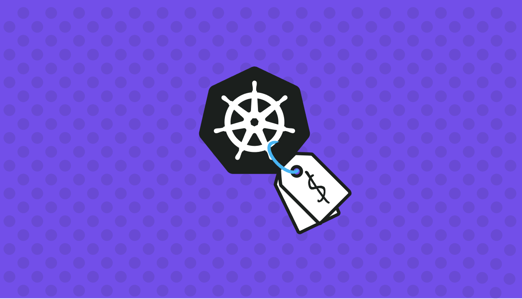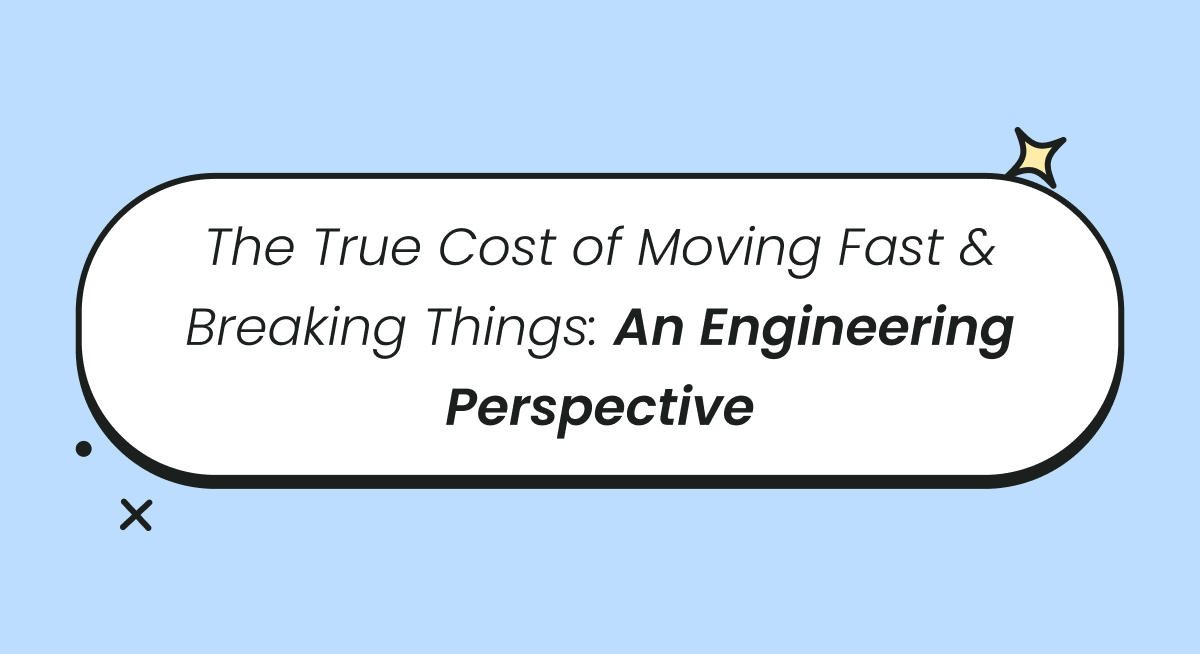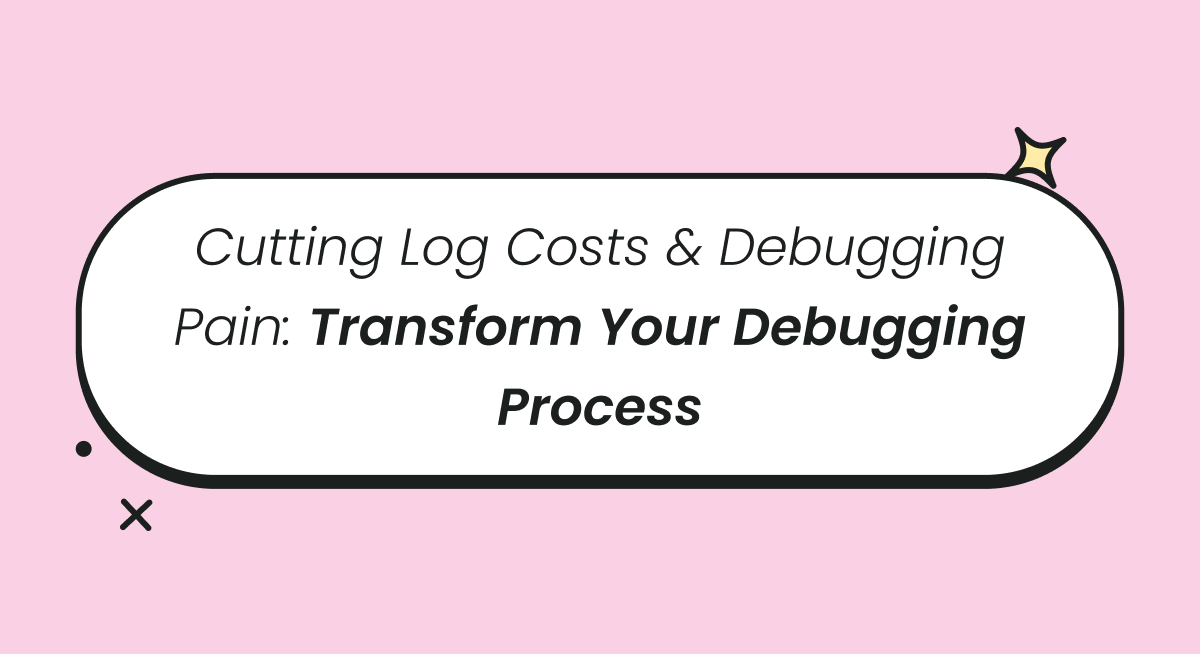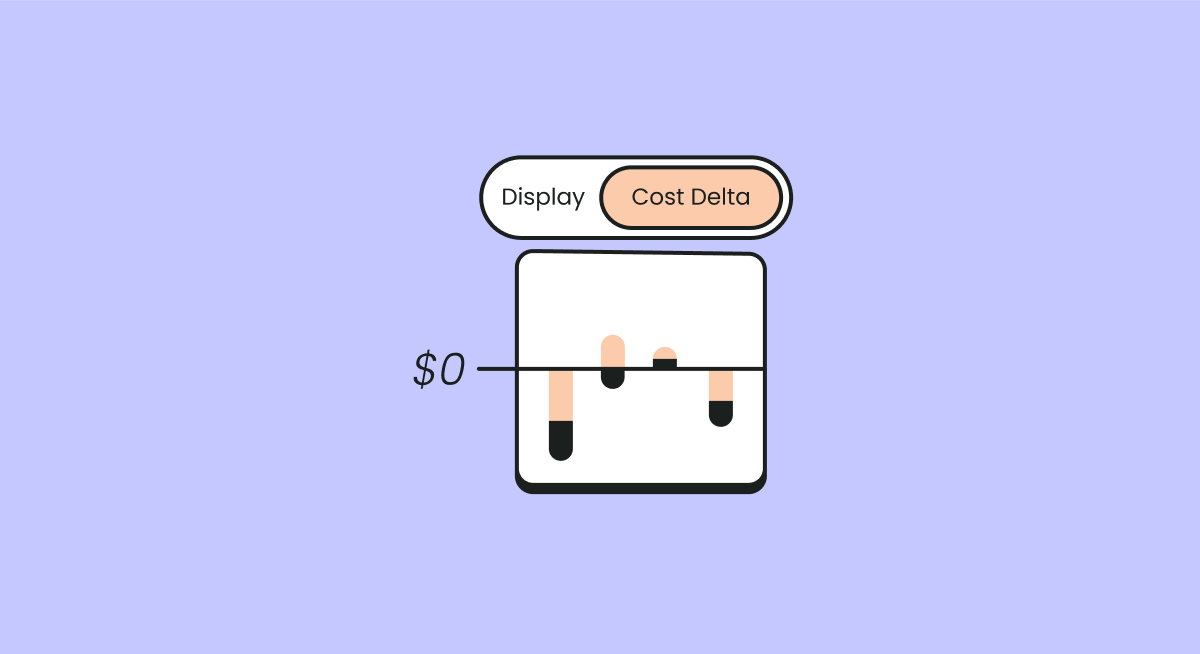
What Is Kubernetes Cost Monitoring?
Cost monitoring in Kubernetes involves tracking the resources used by applications running in Kubernetes clusters, such as CPU, memory, and storage, to manage expenses. This process helps organizations understand where and how cloud resources are being consumed, enabling more informed budgeting and resource allocation decisions.
By identifying the cost associated with running specific workloads on Kubernetes, organizations can optimize their cloud expenses and improve operational efficiency. This enables businesses to allocate budgets more accurately, avoid unexpected expenses, and maximize the value derived from their Kubernetes deployments.
This is part of a series of articles about Kubernetes cost optimization.
Why Is Kubernetes Cost Monitoring Important?
Kubernetes cost monitoring helps prevent budget overruns and ensures efficient resource utilization. Without visibility into resource consumption, organizations can easily incur higher than anticipated expenses, impacting their overall profitability.
Monitoring costs allows businesses to identify underutilized resources that can be scaled down, as well as overutilized resources that may need additional investment. It also supports strategic decision-making by providing actionable data on the financial implications of deploying and scaling applications in the cloud.
Monitoring Kubernetes costs also helps in assessing the cost-effectiveness of different deployment strategies and cloud service models. This informs decisions about resource provisioning, scalability, and the application architecture.
Read our comprehensive guide about Kubernetes pricing here.
How Does Kubernetes Cost Monitoring Work?
Kubernetes cost monitoring operates through a combination of metrics collection, resource attribution, and utilization analysis. We’ll illustrate the process with examples from open source tools.
1. Metrics Collection
The first step in Kubernetes cost monitoring is to collect metrics related to resource usage across the cluster. This includes data on CPU, memory, storage, and network bandwidth utilization by pods, nodes, and services within the Kubernetes environment.
Tools like Prometheus, an open-source monitoring and alerting toolkit, are widely used for this purpose. Prometheus can scrape and store these metrics at specified intervals, providing a base dataset for cost analysis.
2. Resource Attribution
Once metrics are collected, the next step involves attributing resource usage to specific workloads, services, or tenants. This requires tagging or labeling resources within Kubernetes so that the consumption can be accurately tracked back to the right entity.
Kubernetes labels and annotations can be used to mark pods or services with information regarding their department, project, or application. This organization is crucial for accurately distributing costs and understanding the financial impact of specific workloads.
3. Utilization Analysis
With collected metrics and proper attribution, organizations can analyze resource utilization to understand cost implications. This involves comparing actual usage against provisioned resources to identify inefficiencies, such as overprovisioning or underutilization.
Tools like Grafana, an open-source data visualization solution, make it possible to analyze metrics and identify insights into resource costs and possible optimizations.
4. Cost Allocation and Reporting
Finally, Kubernetes cost monitoring encompasses the allocation of costs to the appropriate departments, projects, or applications based on their resource usage. This phase is critical for budgeting, forecasting, and chargeback or showback models.
What Are the Challenges of Kubernetes Cost Monitoring?
Here are some of the challenges involved in monitoring costs in Kubernetes.
Rapid Scaling
As organizations increase the scale of their Kubernetes deployments to meet growing demand, they often encounter escalating resource usage that can lead to disproportionately high costs.
This scaling often involves deploying more containers and using additional computing power, which, if not carefully managed, results in overprovisioning. Overprovisioned resources consume financial resources without contributing equivalently to organizational output, leading to inefficiencies in cost management that can strain budgets and reduce operational efficiency.
Lack of Cost Predictability
In Kubernetes environments, costs can fluctuate unpredictably due to the inherently dynamic nature of container orchestration. Unexpected surges in application use, such as those driven by marketing campaigns, seasonal demand, or even random spikes in user interest, can lead to sudden and significant increases in resource demands.
These demand spikes are challenging to anticipate and budget for, complicating financial planning and risk management. The variable nature of these costs makes it difficult for financial teams to maintain control over expenditures and plan for the future with any degree of certainty.
Inadequate Cost Visibility
Achieving comprehensive visibility into the cost structures of Kubernetes deployments is particularly challenging due to the layered and interconnected nature of modern cloud architectures. Kubernetes clusters may span multiple cloud environments and include a mix of stateless and stateful applications, each with different resource and management needs.
The complexity increases with the integration of third-party services and legacy systems, making it harder to discern the cost implications of each component. This lack of detailed visibility can prevent organizations from identifying cost-saving opportunities and effectively managing their cloud spend.
Role-Based Access to Cost Data
Providing appropriate access to cost metrics while maintaining security and privacy is a significant challenge in Kubernetes environments. Different roles within an organization, from developers to finance personnel, require varying levels of access to cost data to perform their duties effectively.
However, ensuring that each user has access to the right information without exposing sensitive data requires robust access control mechanisms and policies. The complexity of managing these permissions can lead to either excessive access or restrictive policies that hinder operational efficiency and decision-making.
Managing Idle Kubernetes Resources
One of the most persistent challenges in Kubernetes cost management is dealing with idle resources—resources that are allocated but not actively used in production. These resources continue to incur costs and can represent a substantial portion of cloud spending if not properly managed.
The challenge lies in detecting these idle resources in a dynamic and continuously changing environment where applications and services are frequently scaled up or down. The oversight of such resources often leads to wasteful expenditure that could otherwise be avoided with more vigilant resource monitoring and management strategies.
6 Ways to Control Kubernetes Costs
These practices can help organizations implement effective cost monitoring and control Kubernetes costs.
1. Implement Resource Requests and Limits
Setting resource requests and limits helps control the resource consumption of Kubernetes workloads. Resource requests ensure pods have the necessary resources to run effectively, while limits prevent pods from consuming excessive resources, potentially impacting other applications.
This practice helps manage cluster capacity and optimize costs. By fine-tuning resource allocations, organizations can reduce waste and ensure resources are efficiently utilized.
2. Use Labels and Annotations Effectively
Labels and annotations are useful for organizing and managing Kubernetes objects, enabling more efficient cost monitoring and analysis. Assigning meaningful labels to pods, services, and other Kubernetes objects allows teams to group and track resource usage and costs by project, department, or application.
Annotations can store additional metadata, such as cost centers or budget codes, further enhancing cost tracking capabilities. Leveraging these features simplifies the attribution of costs and supports more granular cost analysis and optimization efforts.
3. Set Thresholds and Alerts for Cost Anomalies
By monitoring resource usage and costs in real-time, organizations can identify and respond to cost anomalies quickly, preventing budget overruns. Configuring alerts for unexpected spikes in resource consumption or costs ensures that stakeholders are immediately notified of potential issues, enabling quick corrective actions.
4. Implement Cluster Autoscaling
Cluster autoscaling automatically adjusts the number of nodes in a cluster to meet the current demand for resources, optimizing cost-efficiency. By scaling the cluster size up or down based on workload requirements, organizations can ensure that they’re only paying for the resources they need.
This Kubernetes feature minimizes waste and enhances application performance by providing sufficient resources during peak demand periods.
5. Optimize Workload Placement
Strategically placing workloads across different nodes, clusters, or cloud regions can affect cost-efficiency. Optimizing workload placement based on factors such as resource availability, pricing models of different cloud providers, or data locality can lead to substantial cost savings.
Effective workload placement requires continuous monitoring and analysis to identify the most cost-effective deployment options.
6. Leverage Kubernetes Cost Monitoring Tools
Employing specialized Kubernetes cost monitoring tools is essential for gaining the visibility and insights needed to manage costs effectively. These tools provide detailed metrics and analytics on resource usage and costs, supporting comprehensive monitoring, reporting, and optimization efforts.
By leveraging advanced features such as cost allocation, forecasting, and optimization recommendations, organizations can more effectively control Kubernetes expenses, ensuring a cost-efficient cloud infrastructure.
Related content: Read our guide to Kubernetes cost management
Why you should consider Finout when managing Kubernetes costs
Finout's FinOps solution excels in managing complex Kubernetes environments by enabling dynamic shared cost reallocation across the entire infrastructure. This capability is crucial for businesses operating in multi-cloud or hybrid environments, where cost attribution can become complicated due to the intermingling of resources across different platforms and services.
The ability to perform on-the-fly cost reallocation allows Finout to provide a nuanced view of financial data, aligning costs with actual usage. This is especially beneficial in Kubernetes settings where resources are dynamically scaled and vary significantly between teams or projects. By reallocating costs based on current usage, Finout ensures that each department or project is accurately charged for the resources they consume, enhancing accountability and promoting efficient resource use.
Moreover, Finout’s robust allocation features support complex financial management tasks such as showback and chargeback, making it easier for organizations to understand their spending and make informed budgeting decisions. This level of financial granularity and control is essential for companies looking to optimize their cloud expenditure and maximize their return on investment in cloud technologies.








